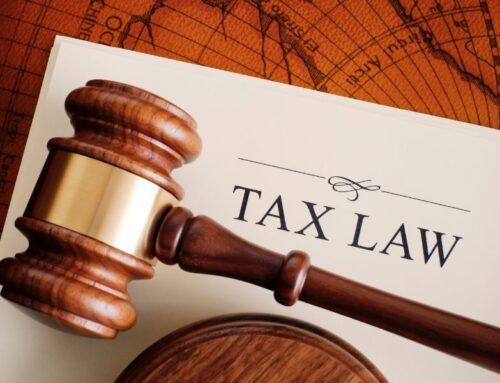The IRS gives business owners without employees an opportunity to contribute funds into a Solo 401k retirement plan at greater levels than other available plans, with the maximum contribution capped at $61,000 for 2022.
Review the following information from the IRS website:
The one-participant 401(k) plan isn’t a new type of 401(k) plan. It’s a traditional 401(k) plan covering a business owner with no employees, or that person and his or her spouse. These plans have the same rules and requirements as any other 401(k) plan.
Contribution limits in a one-participant 401(k) plan
The business owner wears two hats in a 401(k) plan: employee and employer. Contributions can be made to the plan in both capacities. The owner can contribute both:
-
Elective deferrals up to 100% of compensation (“earned income” in the case of a self-employed individual) up to the annual contribution limit:
-
$20,500 in 2022, or $27,000 in 2022 if age 50 or over; plus
-
-
Employer nonelective contributions up to:
-
25% of compensation as defined by the plan, or for self-employed individuals, see discussion below
-
Total contributions to a participant’s account, not counting catch-up contributions for those age 50 and over, cannot exceed $61,000 for 2022.
Example: Ben, age 51, earned $50,000 in W-2 wages from his S Corporation in 2021. He deferred $19,500 in regular elective deferrals plus $6,500 in catch-up contributions to the 401(k) plan. His business contributed 25% of his compensation to the plan, $12,500. Total contributions to the plan for 2021 were $38,500. This is the maximum that can be contributed to the plan for Ben for 2021.
A business owner who is also employed by a second company and participating in its 401(k) plan should bear in mind that his limits on elective deferrals are by person, not by plan. He must consider the limit for all elective deferrals he makes during a year.
Contribution limits for self-employed individuals You must make a special computation to figure the maximum amount of elective deferrals and nonelective contributions you can make for yourself. When figuring the contribution, compensation is your “earned income,” which is defined as net earnings from self-employment after deducting both:
-
one-half of your self-employment tax, and
-
contributions for yourself.




